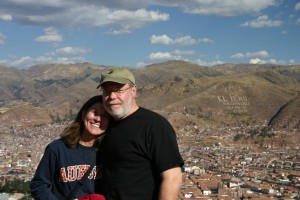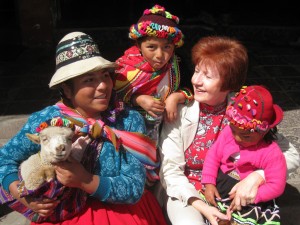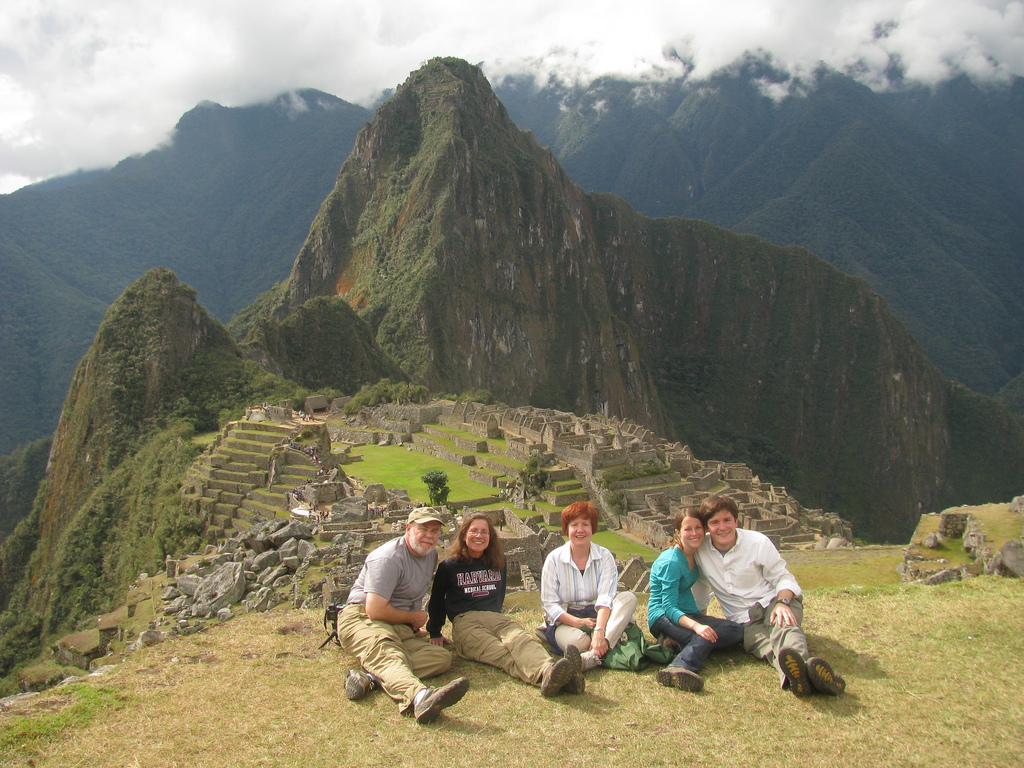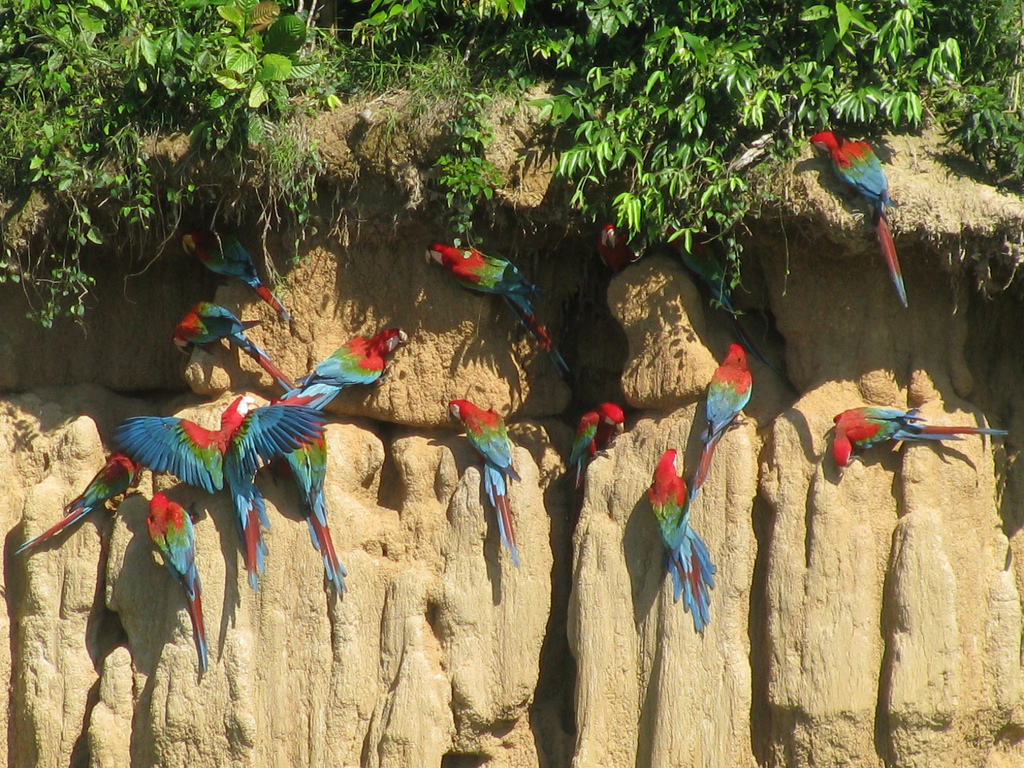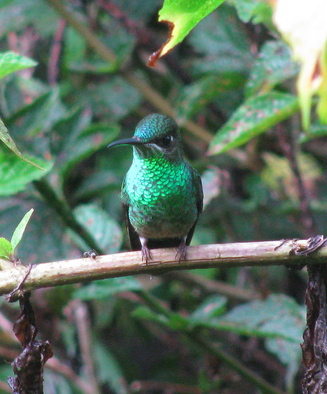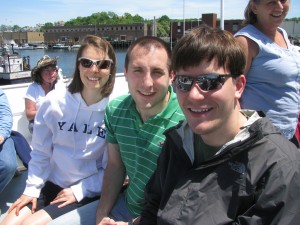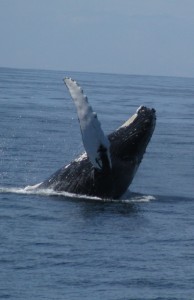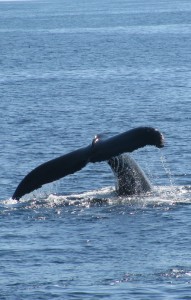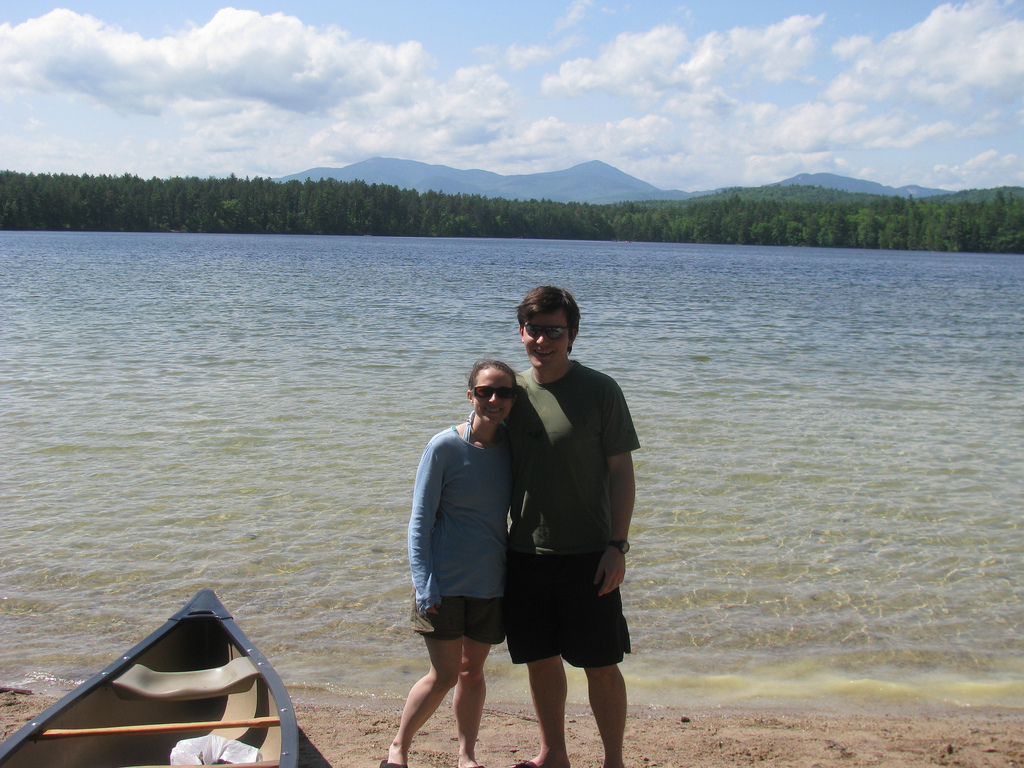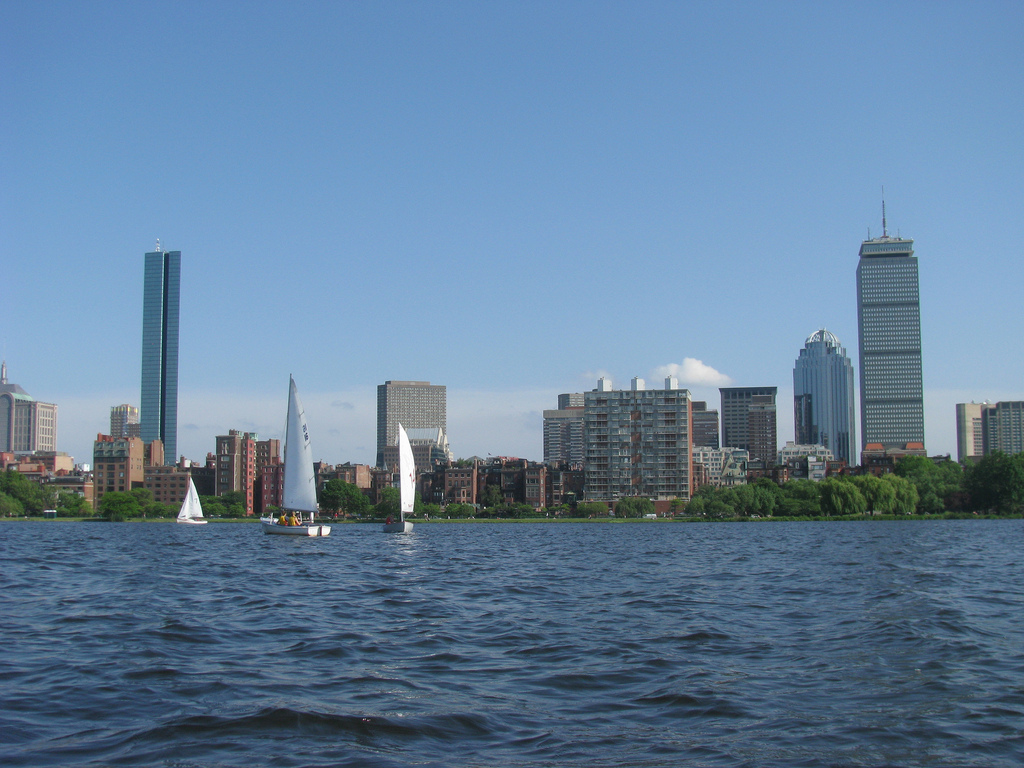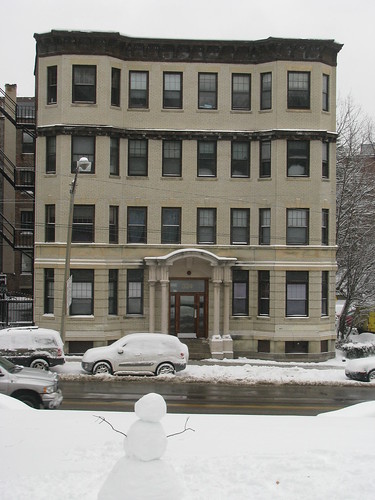Since a little more than a week has passed since I arrived in Peru, I thought I would post a short blog on how everything has been going.
I arrived in Trujillo quite anxious. I had no idea where I would be living, how I would be received, if my work would go smoothly, or if I would have unlimited internet! I landed at 5 in the morning in Lima, but I took enough melatonin the evening before that I slept for almost the entire flight and awoke clear minded at Chavez International. The downside of course was that I had nearly 12 hrs to entertain myself as I awaited for my flight to Trujillo, the third largest city in Peru and where I would be spending nearly my entire summer break.
Katie and I promised each other we would Skype everyday. It had become a bit of a habit for us to chat back and forth on Google during the school days and that was also something we hoped we would be able to have in Peru. Having restored the Asus (which is an absolutely delightful little computer) with my “My Documents” folder and all of my Mozilla bookmarks, opening my computer in the Lima airport to tell Katie I had arrived safely felt completely natural, as if I had never left the US.
The flight to Trujillo was notable for its amazing views of the Andes. We flew over the coast, maybe 10 miles from land, and the mountains just loomed next to us the entire time. Trujillo is located on the coast and apparently some of the world’s best surfing is located here—I certainly saw several surfboards checked as baggage! My bag was one of the last to emerge and after a quick check to see that my semi-valued things were still intact, I emerged and was thrilled to see that my local mentor was there to pick me up! The first test had gone well!
The drive from the airport to town is down a long dusty road. Technically Trujillo is in the middle of a desert, but its proximity to the ocean keeps it mild. A third year ophthalmology resident from Venezuela told me that she had been warned by older, foreign residents to arrive at night so she wouldn’t see Trujillo when she first arrived. It certainly has a gritty feel. I should mention that the ophthalmology program has 12 residents here; several are from Chile, Bolivia, and Venezuela.
My mentor said I could stay with him a few days before I found a place to live. So after dropping me off at his home, he went back to his private clinic, and having nothing else to do, I thought I would go out and explore the town a bit. The first night I felt as though I ended up covering most of the center of this fairly small feeling town, including the Plaza de Armas. Most of the “formal” restaurants downtown were filled with tourists so I thought I’d do something a bit more local. Wanting to warm up my fragile gringo stomach slowly to the new flora, I thought it be best not to start with street food, so I went instead to a diner with just a few tables. It appears as though I’m going to come out of this summer quite well—the huge dinner I enjoyed only cost me $2.00.
The next morning I went with my mentor to the eye hospital. I felt as though my first few days were going to set the tone for the entire summer, so I was quite nervous as to the reception I would get! Fortunately, the other faculty and far more importantly the residents, are all extraordinarily friendly. One of them, Daniel from Santiago, Chile, speaks excellent English and has proven to be an unequivocally indispensible part of my stay. Between helping me negotiate red tape and inter-departmental politics to giving me a place to stay, I am tremendously grateful to have him on my side.
The same morning, my mentor approached me with the idea that I could go with Daniel and a nurse that night to a tiny pueblo, Santiago de Chuco, high in the Andes to do 1 month post-operative exams on cataract patients the next morning. Having nothing else to do and excited for my first medical adventure, I readily agreed, even though it wasn’t really a part of my project.
That night, we spent the first of our long 5 hour bus ride listening to a salesman pitch his all natural, Peruvian medicine that comes not from a factory but “from the earth.” Daniel told me that there is virtually no regulation of pharmaceuticals, either their distribution or manufacture, in Peru—huge numbers of his patients say that they are self-prescribing themselves barbiturates. The bus ride really took me back to my previous travels. Buses in the third world frequently blare their music/movies at all hours of the day and night and it is apparently a mark of good service (if you don’t own a TV, don’t you want to enjoy theirs the whole time?). I also don’t know what it is about the native Ameri-Indians of Bolivia and Peru but they truly have a distinguishable olfactory note. The best guess I can give to its etiology is that it is the smell of their woolen clothes mixed with weeks of sweat and sun. It was really remarkable—I was taken back to my last time in South America, but not anywhere else.
As we started ascending up the nauseatingly steep, windy roads I realized that I had left my altitude medicine in my bigger bag and so I would be at the mercy of the 2500m altitude. When we were about 2 hrs away from our destination, one of the driver’s helpers went around the bus passing out little plastic bags, lest anyone start throwing up from the windy road! We arrived a little after midnight in tiny Santiago de Chuco. There was only one hotel in town and it was on the plaza de armas, so being easy to find, we still managed to get into bed at a pretty reasonable hour. Fortunately too, I didn’t need to use my sleeping bag—the beds were immaculately clean and had warm blankets!
The post operative screening went well in that it was fairly smooth and orderly, but the visual acuities were pretty abysmal. A lot of people had eye infections such as blefiritis. I also saw what would become my first of many cases of ocular toxoplasmosis. I am starting to learn slit lamp examination and indirect ophthalmoscopy. Thank goodness Katie let me practice direct funduscopy on her (undilated) eyes before I left—I’m really perfecting my technique now and I couldn’t be where I am now had I not had such a patient volunteer! I am going to see so much unusual pathology while I am here.
We caught a 4:00 bus back to Trujillo, which was great, because it let me actually take in more of the spectacular country side of the town. If you look closely it suffers from the classic third world problems of litter and pollution, but I imagine once things improve, this area could become a classic destination for travelers.
On Sunday, I moved out of Dr. Caceda’s house and moved into Daniel’s apartment. It has two tiny bedrooms, a small but comfortable living room, and a little kitchenette. Despite its pint size, it is very clean and homey and most importantly, only costs $120 a month. Apparently, for what we pay in Boston, we could pay the mortgage of a large house here!
After dropping off my stuff, we went to a cevicheria for lunch (it was delicious!) and then to a newly built, American-style mall to buy an extra chair and sheets for my bed. The last time Katie and I were apart for any extended period of time was nearly two years ago, again when we were both in South America. Our 6 month trip had us together 24 hours a day, every day for 6 months. So to be so abruptly removed from each others company has been just awful! Fortunately, both of our days are speeding up now and filled with lots of other people and things to keep us a little bit distracted and not missing each other quite as much, but we have both already started counting down the days until we reunite in Peru!
My weekdays will become likely routine from here. On Monday, during the day, I accompanied a resident to the public hospital across the street to do a consult on an HIV patient with a CMV infection of his retina. There are also so many cases of retina destroying toxoplasmosis here. As I start learning microscopic examination of the eye, I feel like Robert Hooke looking at a cell for the first time—a world that has always been with me but out of view. In fact, as I wrote this paragraph at my desk in the clinic, I paused to go look at a patient under slitlamp with a textbook case of a Herpes Simplex corneal lesion. The procedures and exams are just so much fun—sorry, its going to be just hard to return to typical internal medicine this year at HMS.
On Tuesday morning, we went to Haunchaco (the surfing town 10 miles down the road) to go on campaign. The goal of my summer research project is, broadly, to evaluate the effectiveness, accessibility, and sustainability of Peru’s recently created national cataract elimination program. Patients with cataracts qualify to receive free, or nearly free, cataract surgery. Additionally, there is a strong emphasis on prevention and screening, so physicians go on campaign to screening events occur during the week. Out of 20 patients screened, one had cataracts and I got to interview him.
The pedagogical goals of this summer stand sharply in contrast to those I had two years ago. Whereas in Buenos Aires my goal was language learning as fast as possible, my goal now (defined loosely as any period of time from this very day to the next 10 years) is learning medicine. I am so absorbed in reading papers and preparing manuscripts from my summer work that I am neglecting Spanish. Though I am becoming significantly more comfortable and colloquial with the Spanish I do know, I am not dedicating enough time to learning new words so I don’t feel like I’m advancing much. Fortunately, the questions I ask my patients involve asking them to give quantitative rather than descriptive answers, so the biggest limitation thus far has been when patients stop me in the hallway, “Doctor, doctor! Una preguntita!” and begin rapidly telling me something about being out of eye drops and can I help them get some more because social services, something something something, can not help. No matter how many times I tell them I am a student, I think a white coat + a white face= a doctor.
I finally got my ethics approval document on Thursday from the clinic so I am officially cleared to fully engage in research. My project has three major components to it, each of which can lead to an interesting publication. Regardless should I get one, three or no publications from my work this summer, I think its going to be a fun experience and a chance to see and learn a tremendous amount from extraordinarily grateful and gracious individuals.
